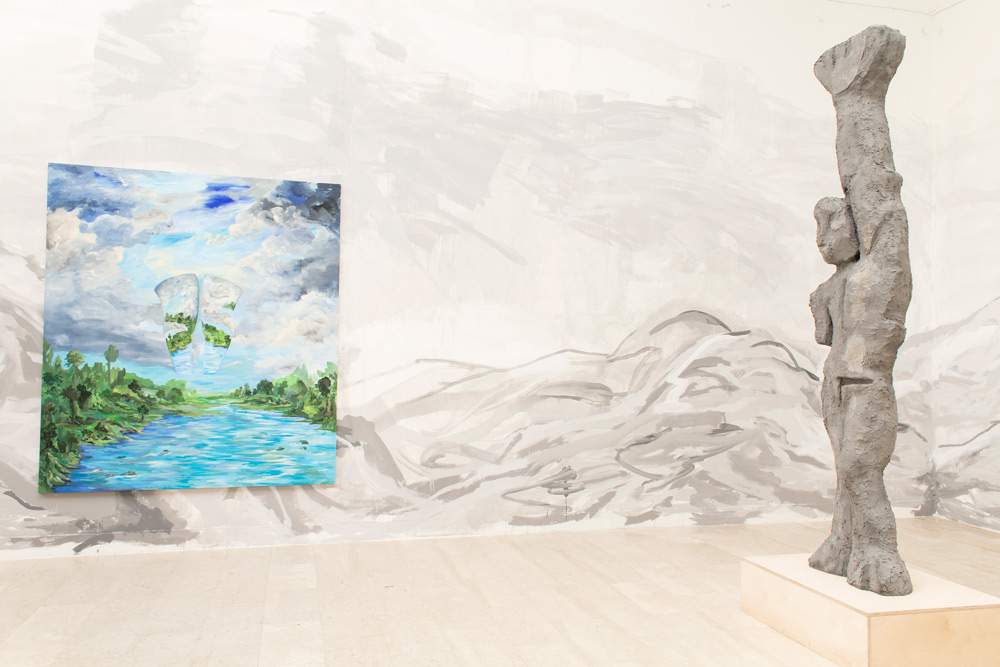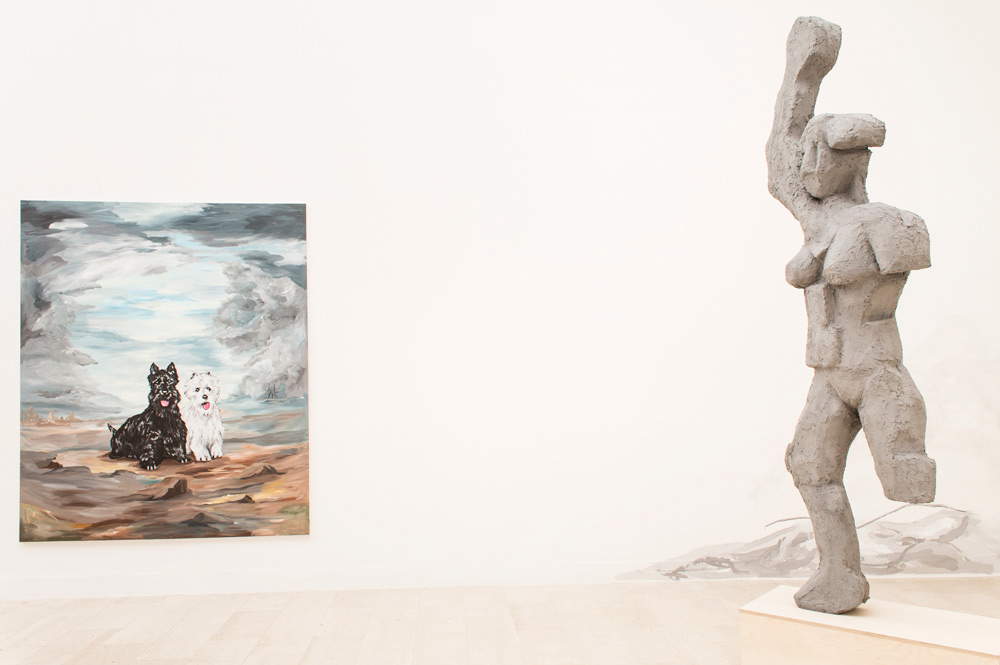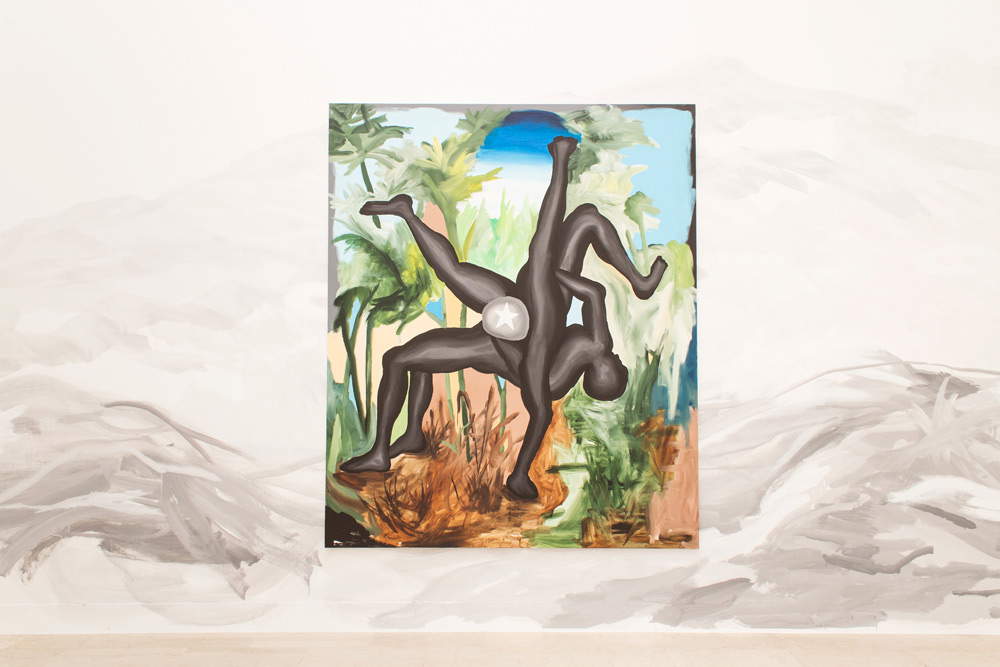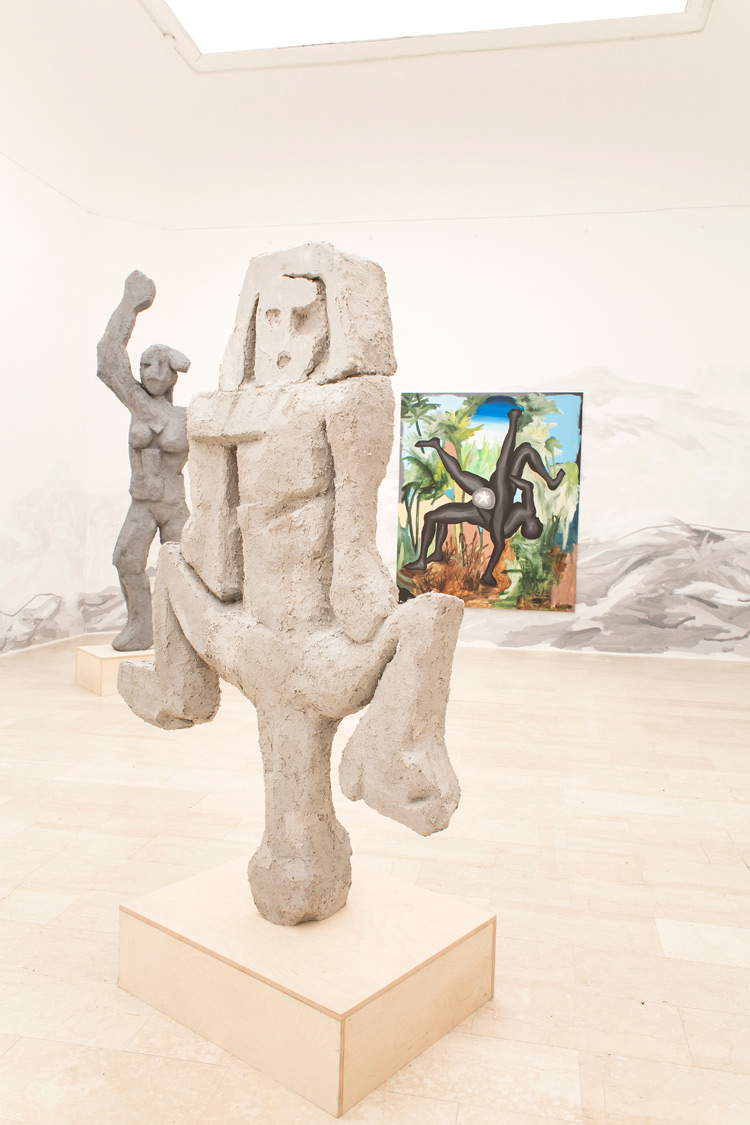Venice Biennale, Djordje Ozbolt's political art at the Pavilion of Serbia
For the fifty-eighth edition of the Venice Biennale, the Pavilion of Serbia is proposing a solo exhibition by Djordje Ozbolt (Belgrade, 1967), one of the most important contemporary Serbian artists: entitled Regaining Memory Loss, the exhibition, consisting of paintings and sculptures, aims to address the theme of memory, both personal and collective. Sculptures and paintings combine to form an installation that continues the work by which Ozbolt explores how a personal past can coexist with collective cultural and political histories. The paintings and sculptures in the Pavilion thus expose the artist’s attempt to reconcile his personal memories with the history of his country.
The visual language of the artist, who was trained in a specific historical context, questions (sometimes sarcastically) the concrete embodiment of history. The paintings and sculptures exhibited in the Pavilion of Serbia help transform the Serbian pavilion into a kind of imaginary landscape, where the works become windows or portals that open to symbolic and illusory visions of the past. Through the artist’s characteristic use of bright, saturated colors, the canvases and wall paintings collide and fight, creating a kind of unreliable history. Particularly illustrative are the sculptures that draw on the symbolism of Yugoslav monuments, which often depicted workers and peasants as heroes, to reinterpret them in a desecrating key. Ozbolt playfully subverts these archetypes, adding contemporary social aspirations of yoga and machismo: these sculptures highlight how emblems shift between historical contexts, taking on a form of new allegory that is always politically and socially connoted, but is also determined by unreliable personal perception.
The sculptures and paintings are arranged in the pavilion so that they look at each other, each reflecting the layering of selective fragments of memory. The works thus become interpretations, a subjective view of the past from the perspective of the present moment. Ozbolt interrogates the artwork’s role in distilling truth: and in their imagined unreality, the works reveal their memory as false, while as artistic representations they are true.
Djordje Ozbolt studied architecture in Belgrade before settling in London in 1991. The artist holds a BA from the Slade School of Fine Art and an MA from the Royal Academy of Art. He has exhibited in numerous solo and group exhibitions, in museums such as the Tate Modern in London and the National Museum of Art in Osaka. He lives and works in London, UK.
 |
 |
 |
 |
 |
 |
| Venice Biennale, Djordje Ozbolt's political art at the Pavilion of Serbia |
Warning: the translation into English of the original Italian article was created using automatic tools. We undertake to review all articles, but we do not guarantee the total absence of inaccuracies in the translation due to the program. You can find the original by clicking on the ITA button. If you find any mistake,please contact us.




























